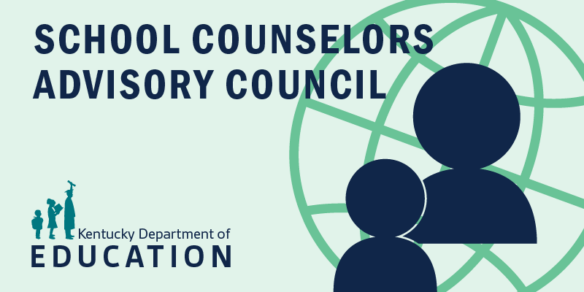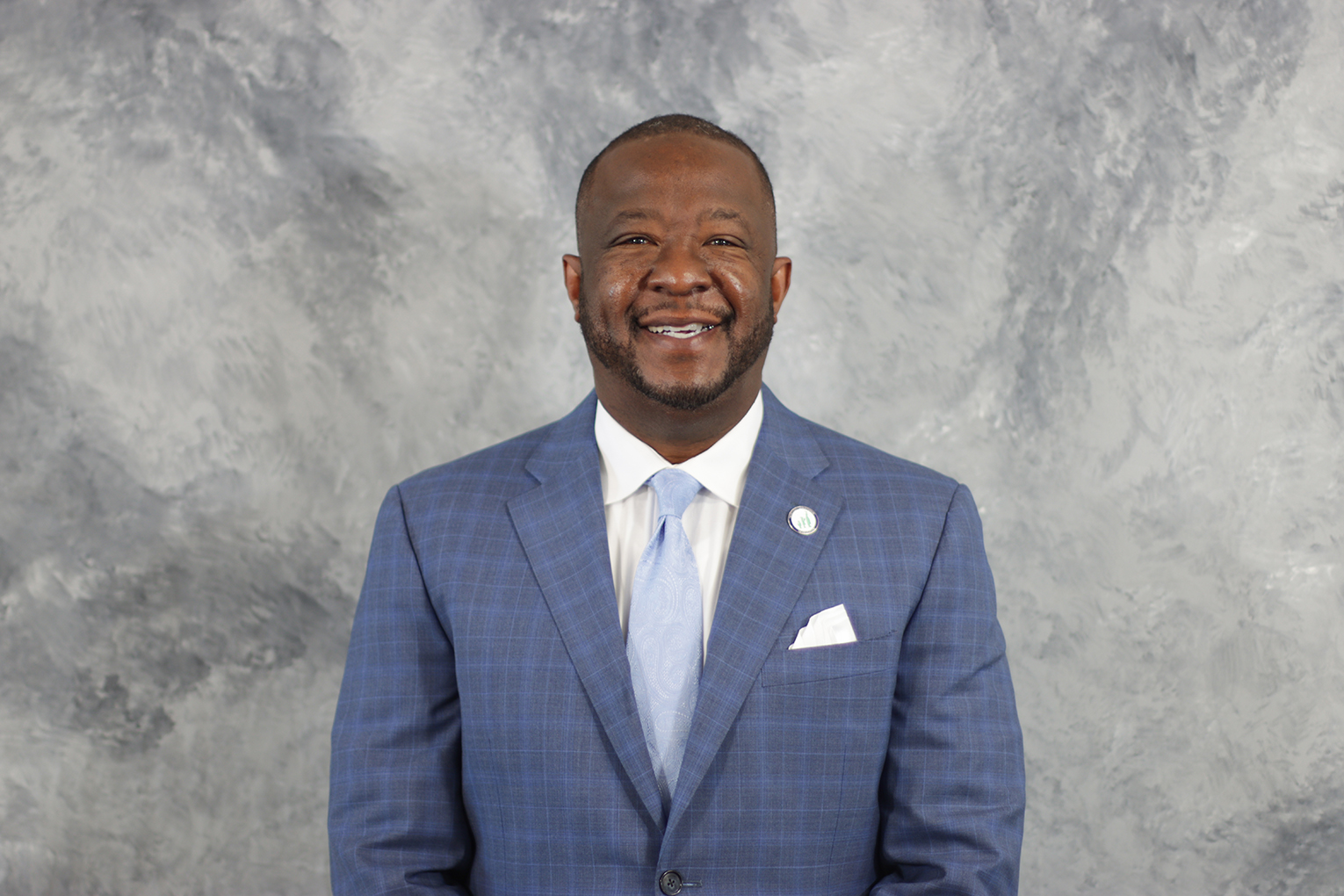
Content warning: This article discusses suicide. If you or anyone you know is struggling, please contact the 988 Suicide and Crisis Lifeline.
The Kentucky Department of Education’s School Counselor Advisory Council (SCAC) held its first meeting of the year on Sept. 28 to discuss suicide prevention in Kentucky.
Beck Whipple, Kentucky’s Suicide Prevention Coordinator, spoke with counselors across the state during the virtual meeting to share data related to youth suicide and potential points of intervention.
The data was pulled from the Kentucky Department for Public Health (DPH).
Whipple said that based on the data from 2013-2022, the main means of suicide among ages 10-18 were firearms at 53.7%.
There is a distinct shift in the use of firearms among ages, Whipple said. Among 10-12-year-olds, 61.9% of suicides are by hanging and/or strangulation. Around the ages of 13-15, the means shifts to firearms. He said these shifts tend to be around the age when students experience transitional periods within grade levels.
“This is where we see the beginning of the shift towards the use of firearms,” Whipple said. “Then as we get to 16- to 18-year-olds we see it increase.”
The rise of suicide among Black youth was another important piece of data Whipple touched on.
“In 2020, we saw a significant increase in death by our Black youth,” he said. “Of all suicides among our Black Kentuckians in 2020, almost 50% of them were youth.”
Michelle Sircy, program coordinator for comprehensive school counseling in KDE’s Office of Teaching and Learning, said the data is “powerful” and should sound an alarm.
“We’ve got to put in place more protective factors, especially around our Black youth,” she said.
Looking through the data, Whipple wants counselors to understand these increases are not identity-based.
“It’s usually the way that we interact with identities and how the world interacts with identity, so we want to help understand that a bit better,” he said.
Counselors discussed options for intervention and the importance of talking to caregivers about warning signs and behaviors to look for in students.
“It just made me think how important it would be also to do a parent informational program,” said Mary Lewis, a middle school counselor at Berea Independent Schools. “About how these transitions (between grade levels) can be extremely difficult and what they should look for and what they can do.”
Travis Kern, counselor at Burgin Independent, said it’s important to think through “who makes the call home, who has the relationship with the student that might be in the intervention stage.”
“It sounds like there’s a lot of different ways people are doing it and I think that could be a real support to school counselors,” he said.
Some counselors, like Manijeh Reynold from Jefferson County Public Schools, said they hope to have more opportunities at school to have personal moments with students, teachers and caregivers versus showing a prevention video.
“With us being such a big school, it seems really impersonal,” Reynolds said.
She said she would like to find a way where counselors can be in classrooms to help teachers have the conversations with students.
Whipple mentioned the stigma around the language of suicide and said, “the first thing we have to unpack and let go of is talking about how it plants the seed.”
Explaining that conversations around suicide prevention need to happen with students, he said, “we have to let that go and we have to work with folks to really let that go and be really direct about it.”
The next School Counselor Advisory Council meeting will be held on Nov. 30.



Thank you for providing information that can be helpful to provide students a better Quality of Life and Education. Please keep in mind that many of the Students with counseling and mental health needs eat a Free Lunch and (Breakfast). Please continue to provide support for Free Lunch and note how important it is too Students in Kentucky with so many students needing the Lunch and Breakfast to make their day (week) work for them. Continue with this site (Please)
James Perkins Phd